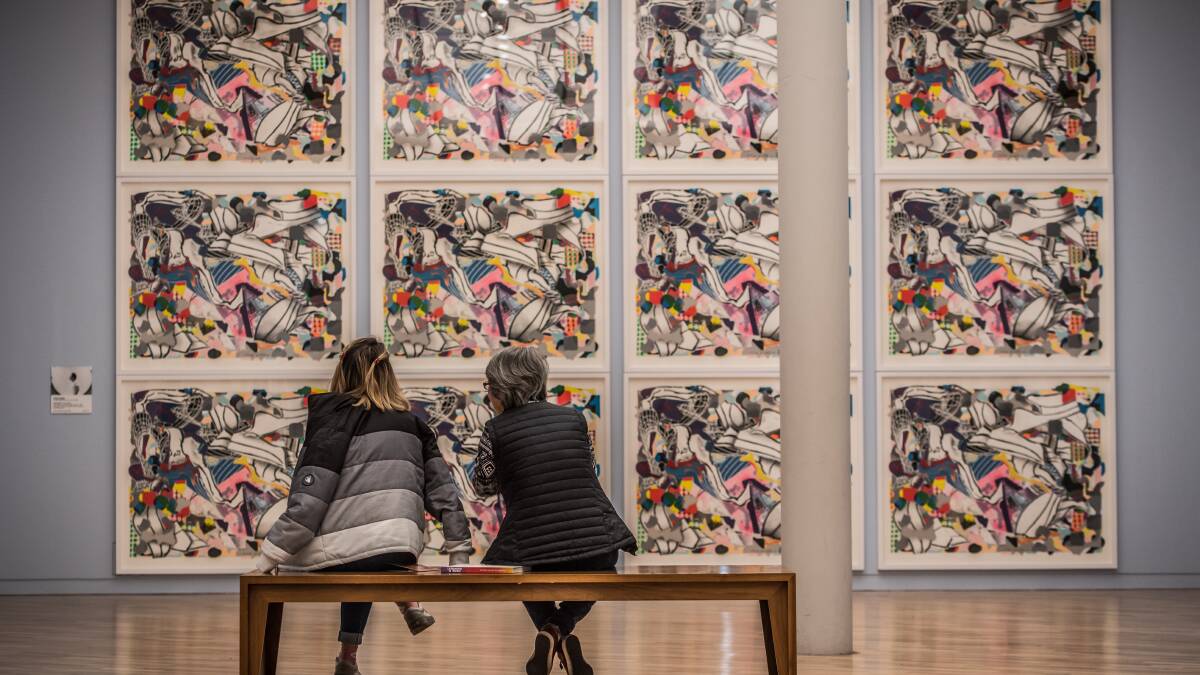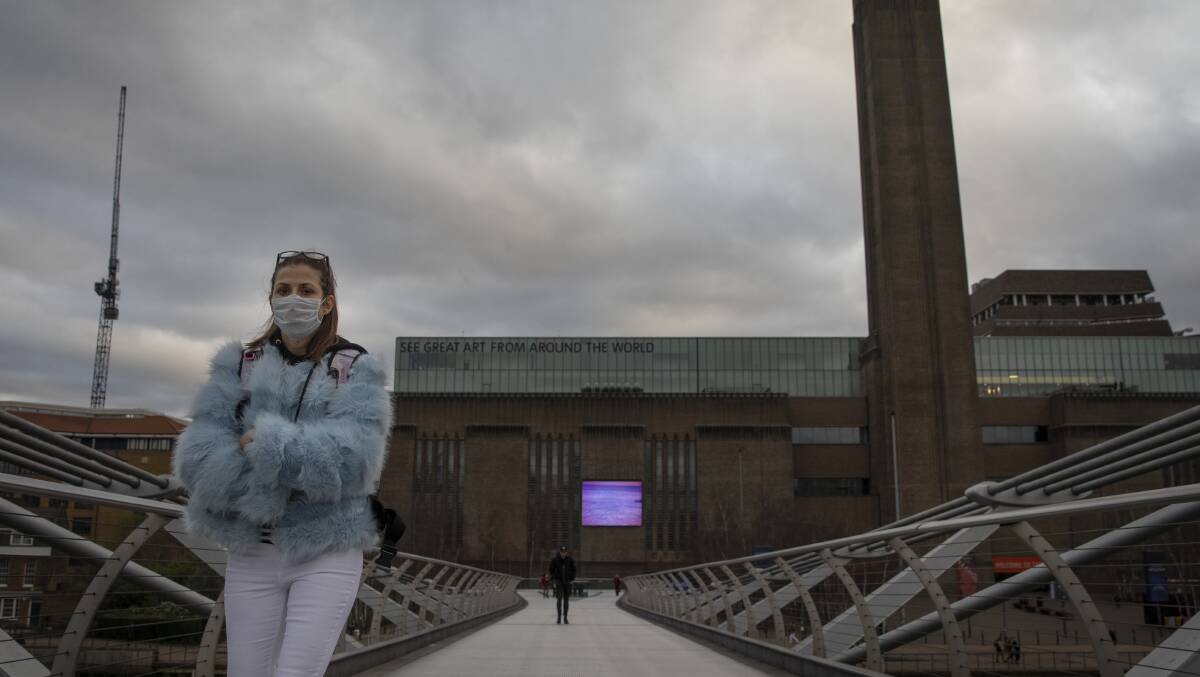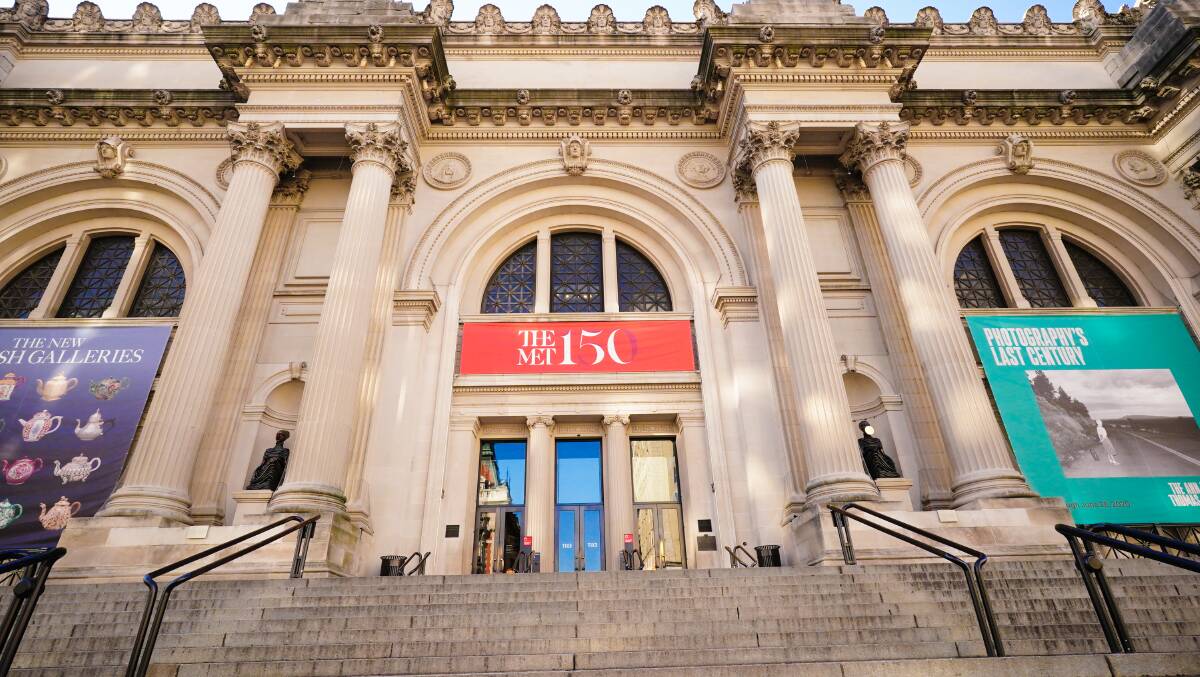
In the visual arts - the message across the board is that the arts are now closed for business.
Subscribe now for unlimited access.
$0/
(min cost $0)
or signup to continue reading
When the recently released nearly 400-page The Art Market 2020 landed on my desk, it made for sobering reading - the global art market sales in 2019 were about US$64.1 billion (AUD$115), down about 5 per cent on 2018. The challenges of Brexit, the turmoil in Hong Kong and the economic uncertainties in Europe and America all took their toll.
In 2020 the international art market hit a brick wall. Most of the international art fairs that constitute almost 40 per cent of the global art sales have either been postponed, scaled back or cancelled. Most recently, the Melbourne Art Fair has been rescheduled from June this year to February 2021. Most of the commercial art galleries, nationally and internationally, have closed their doors to walk-in traffic and have had their openings banned (during which most of the sales occur) in this period of social distancing, and have continued to open by appointment only or as an online presence. Art auctions continue to limp along, but much of the public spectacle has gone with the heavy reliance on on-line bidding. Also the general economic downturn as well as the mood of apocalyptic uncertainty have taken the wind out of their sales.

The public art sector is generally doing no better. While at the time of writing, most of the public art galleries in Canberra remain open, this is against the national and international trends and is unlikely to last. In the 'moderated' response to COVID-19, the size of permissible gatherings is likely to shrink from the 500 last week, to the 100 at present, to about 10 in the near future. The major players, from the Tate in London, the Metropolitan in New York and the Rijksmuseum in Amsterdam through to the ever-inventive National Gallery of Victoria in Melbourne, have devised innovative online visitation programs to engage a huge audience that has been grounded and confined to quarters. By necessity, this is a Claytons solution, but arguably better than nothing. What is clear is that the public arts sector is taking a huge financial hit. People coming through the door and paying admission fees to the major exhibitions and buying merchandising help to balance the books and pay the loan fees for the exhibitions and staff wages.

Last week, the German Culture Minister, Monika Grtters, has promised government financial help to cultural institutions and artists affected by the coronavirus; one can only be hopeful that the Australian federal, state and territory governments will follow in their footsteps. We all know that more Australians annually visit cultural institutions than sporting fixtures, but at a government level we seem to be more obsessed with the latter. Personally, I will be equally traumatised by not being able to visit my beloved galleries as by not seeing my favourite football club being thrashed every weekend.
Possibly the least visible and the most crippling impact of the present medical emergency is on the individual artists themselves. Many, if not the majority, of visual artists in Australia live below the poverty line. Many survive on casual jobs, a bit of waitressing in a café down the road, occasional shifts in a bar or at a public art space and sales from exhibitions in public and commercial art galleries. What happens if all of these sources suddenly dry up - all at the same time? The situation becomes dire with basic necessities of life still needing to be met - rent, food, utilities and frequently studio hire.
What no one wants to say publicly, the fear is that when some of the commercial art galleries close their doors for the next six months, they will never reopen them. Many art galleries struggle as it is and I suspect that COVID-19 will be the last straw and with their demise many artists will suffer.
The situation is bleak and seems to get worse by the hour. Perhaps the only silver lining is that global emissions that our politicians warned us could not be lowered, have been lowered dramatically and global warming to some extent has been addressed, at least for the time being, despite the ravings of politicians.
Concerning the plight of artists, there are three urgent measures that must be taken immediately. Cultural institutions and artists, as a priority, need immediate government assistance. At the moment, economically they are very vulnerable but each year make a huge contribution. Libraries, museums, performing arts and music sectors, according to satellite national accounts data from the federal Department of Communications, are worth collectively around A$8.1 billion in economic output in 2020. If you add the commercial visual arts sector, the number will be considerably higher. Without a federal government stimulus package, many in the arts sector will fail permanently at a great loss to Australian cultural life and to the economy.
Artists and art institutions are using - and have to increasingly use - online platforms to promote their skills, services and products. Perhaps it will be possible for art spaces to foster a common online art market, where artists can digitally lodge their work and potential buyers will be able to contact them to acquire this work.
Thirdly, as many of us will be facing a lock down that is likely to be measured in months rather than weeks, if Asia and Europe are our guide, there are few things in life as likely to bring joy into your existence as a well-loved artwork. All commercial art galleries have extensive websites through which you can acquire something that will make the bleakness of our times more tolerable and will benefit the arts and artists of Australia.
The new slogan is - don't hoard toilet paper, buy Australian art!

